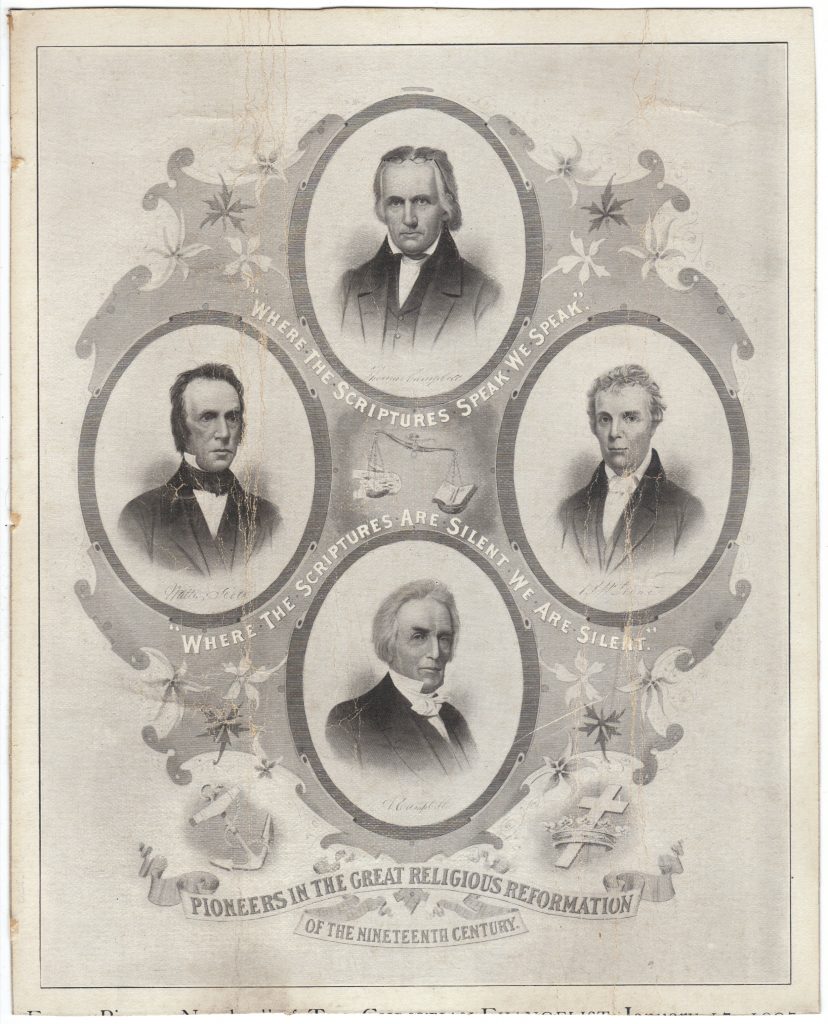ABOUT THIS SITE
The Ancient Landmarks website was created for the purpose of building a resource library of information related to the Restoration Movement. It is a project of Gospel Armory – a publishing company owned and operated by Andy Sochor.
Ancient Landmarks first began as a collection of books published by Gospel Armory that were written by and about those who were associated with the Restoration Movement. After that, the Ancient Landmarks Newsletter was launched (and later re-launched) to share articles, information, and links related to the history of the Restoration Movement. Now, this website has been created to be a more permanent online library for this type of material.

Why "Ancient Landmarks"?
The name is taken from Proverbs 22:28 – “Remove not the ancient landmark, which thy fathers have set” (KJV). The “ancient landmark” referred to a stone used to mark a property line. It showed where people were in previous generations in order to help those of the present day to understand where they ought to be.
Many brethren have used this verse to make an application in which they describe the Bible – the word of God – as the “ancient landmark.” They then make the point that we are not to change the boundaries that God has drawn in His word – obey Him and respect His authority. This is certainly a good lesson for us to remember.
However, that is not the only possible application from that verse. The reason for using the “ancient landmark” name for a website (as well as a collection of books and a newsletter) about the Restoration Movement is not to suggest that these men were the standard for us to follow. There are many good lessons for us to learn from them – both from their teaching and their examples – but the word of God alone is our standard (John 12:48; 2 Timothy 1:13). Yet it is helpful for us to know where brethren were in previous generations. Even if it is just to gain some historical perspective, there is a benefit in knowing what these brethren believed, taught, and practiced – right or wrong. This website is not meant to hold up these men as our standard, but is meant to highlight the valuable lessons they can teach us today.

